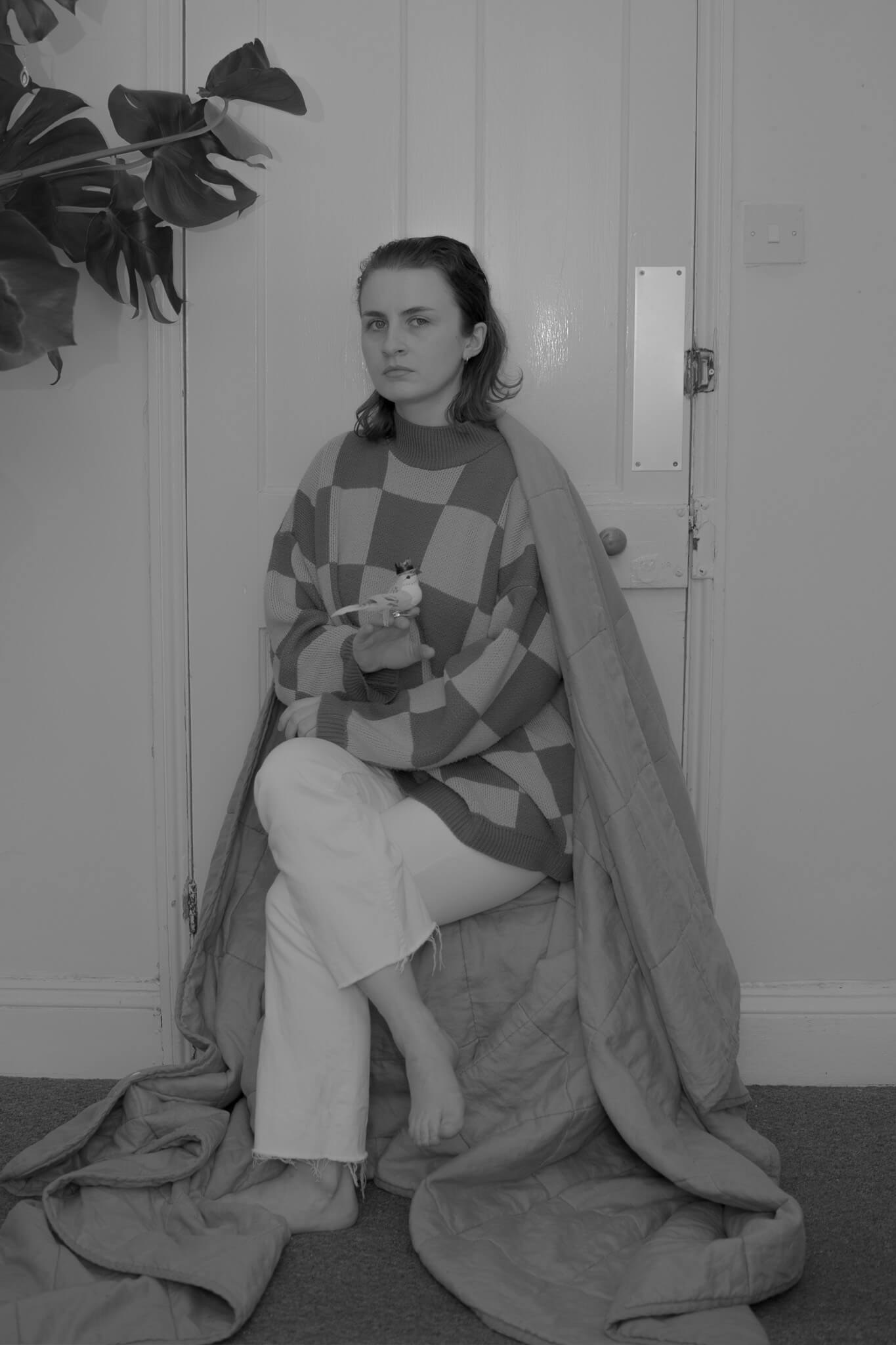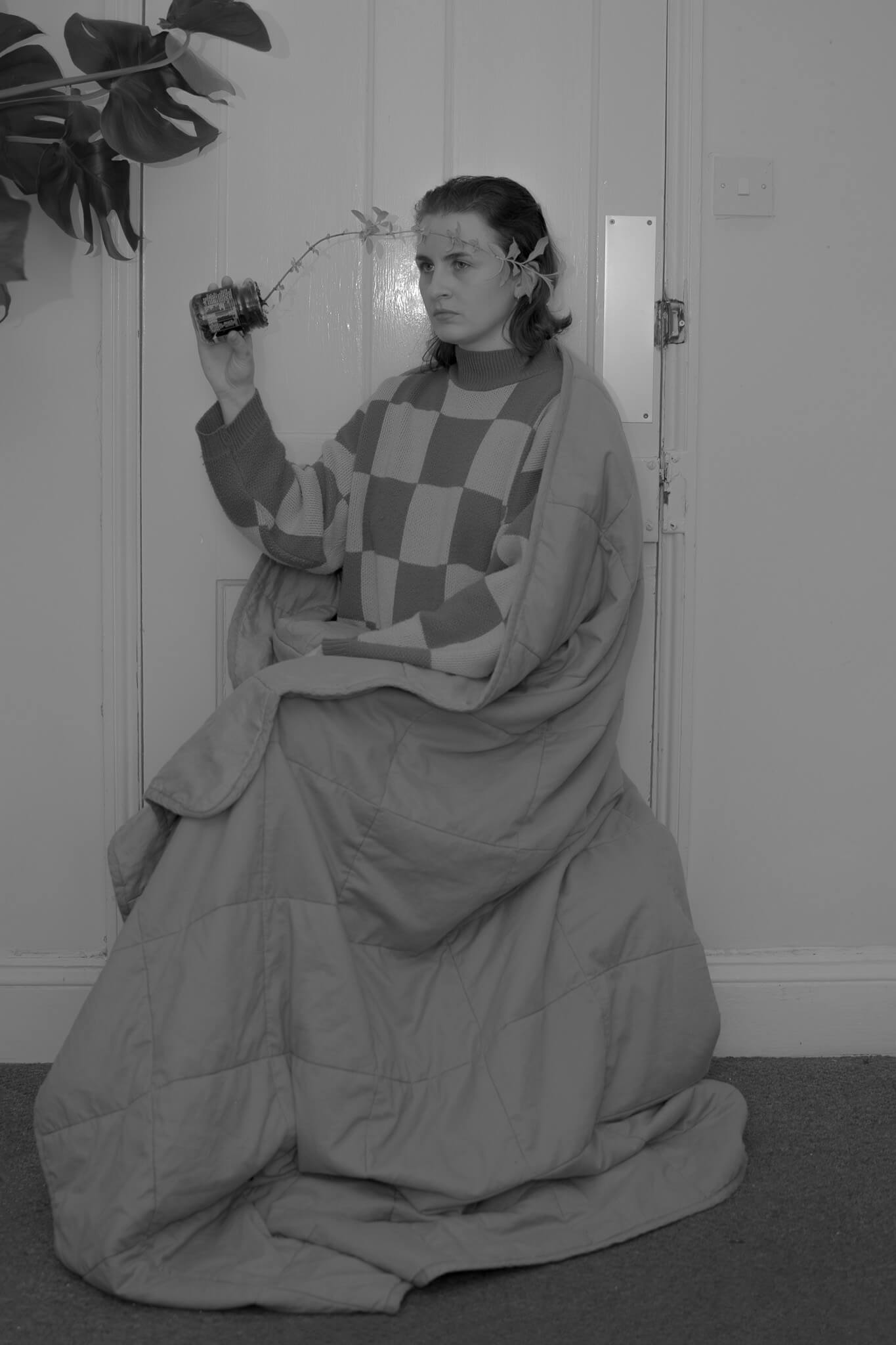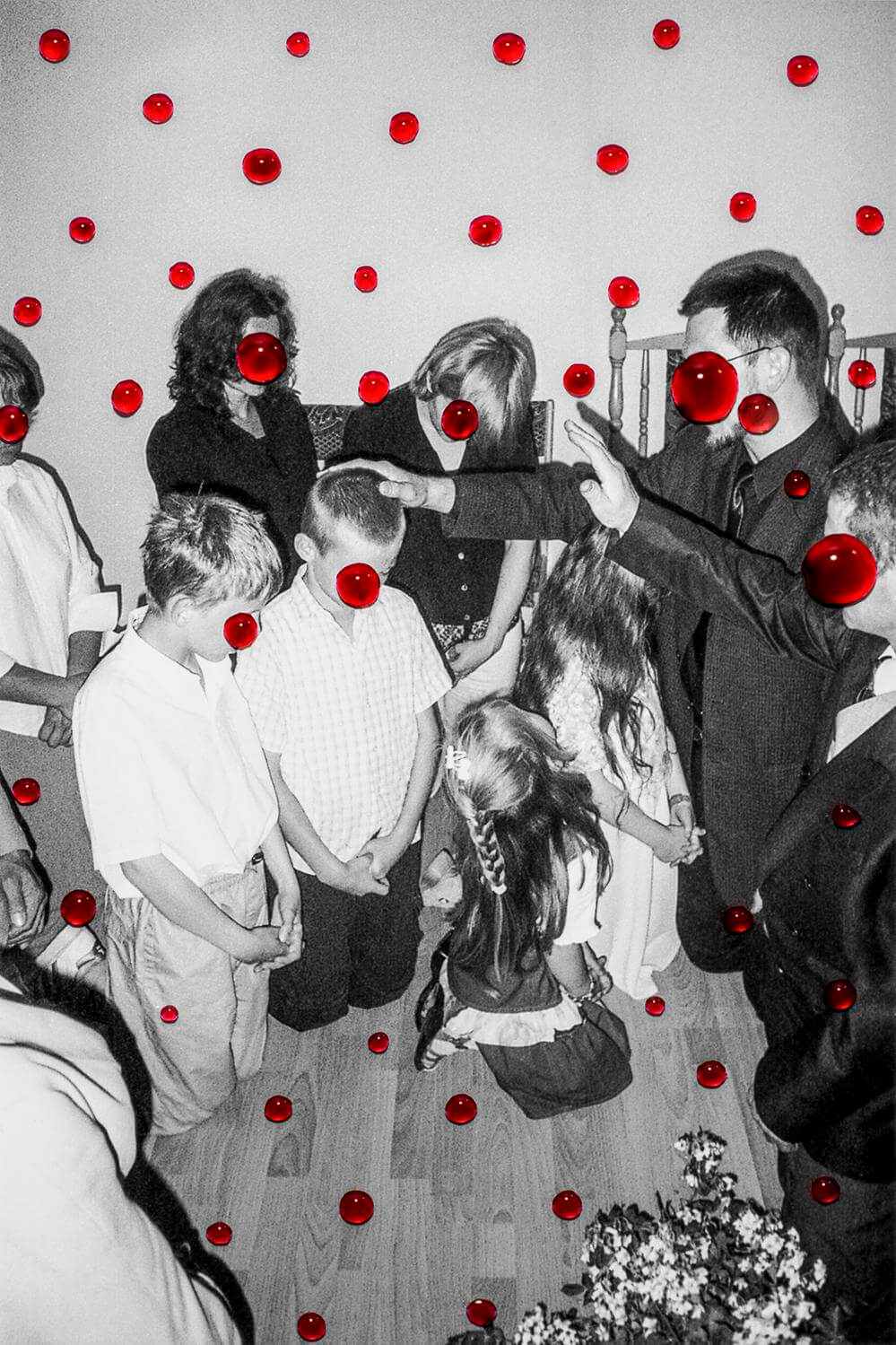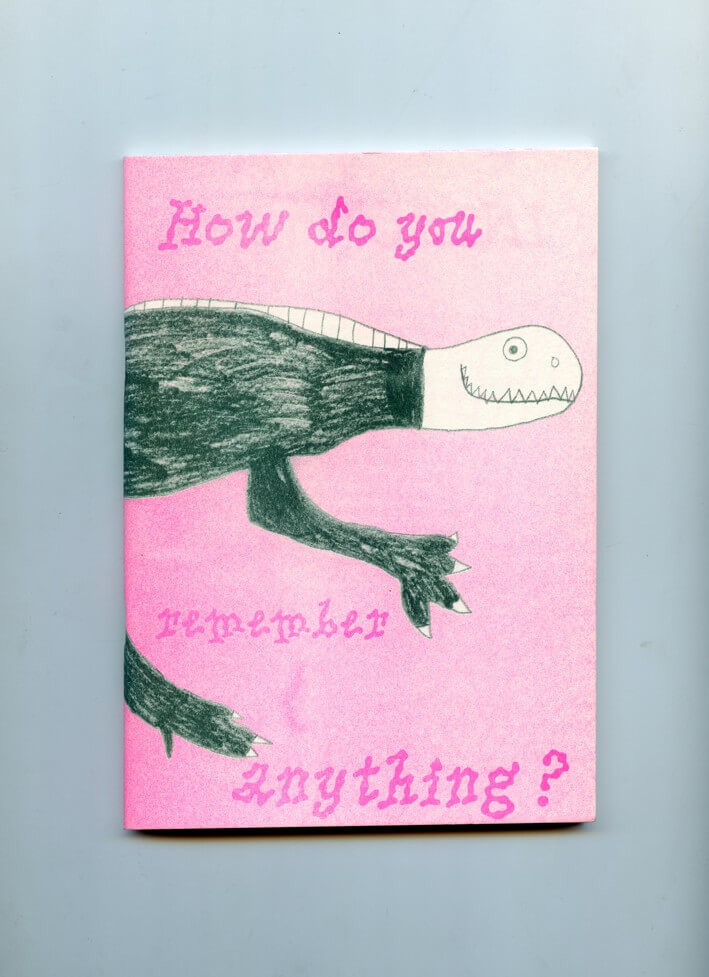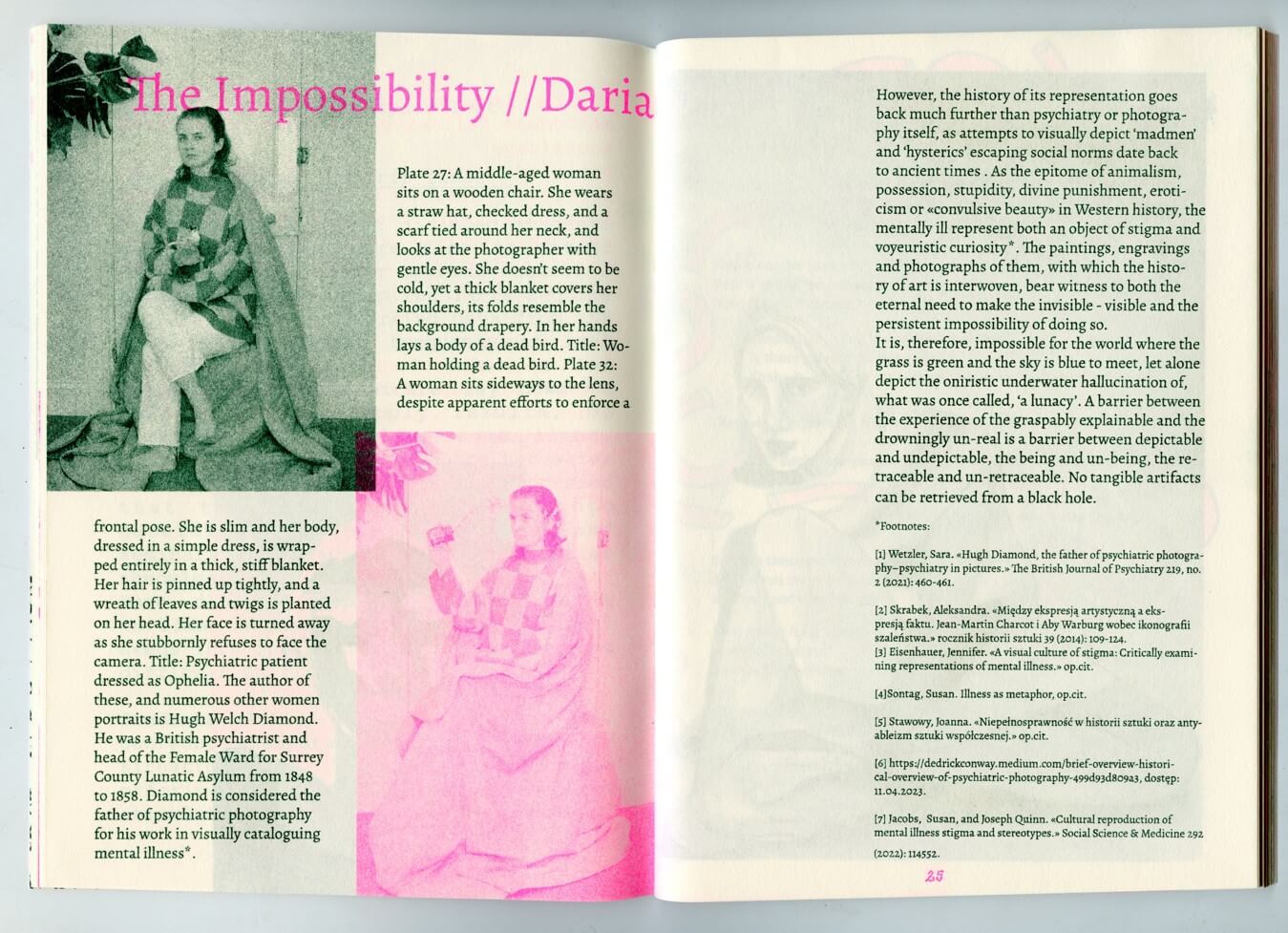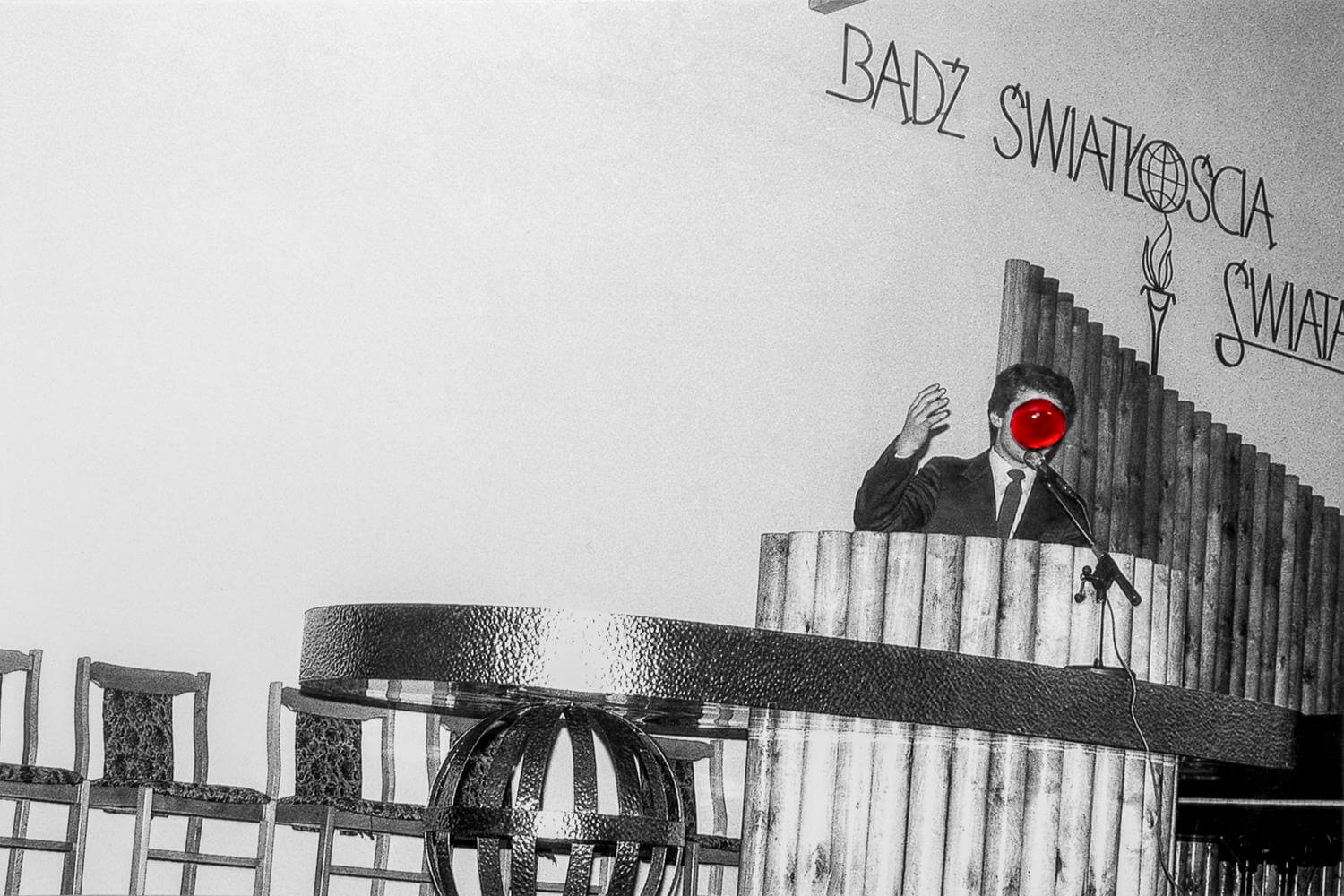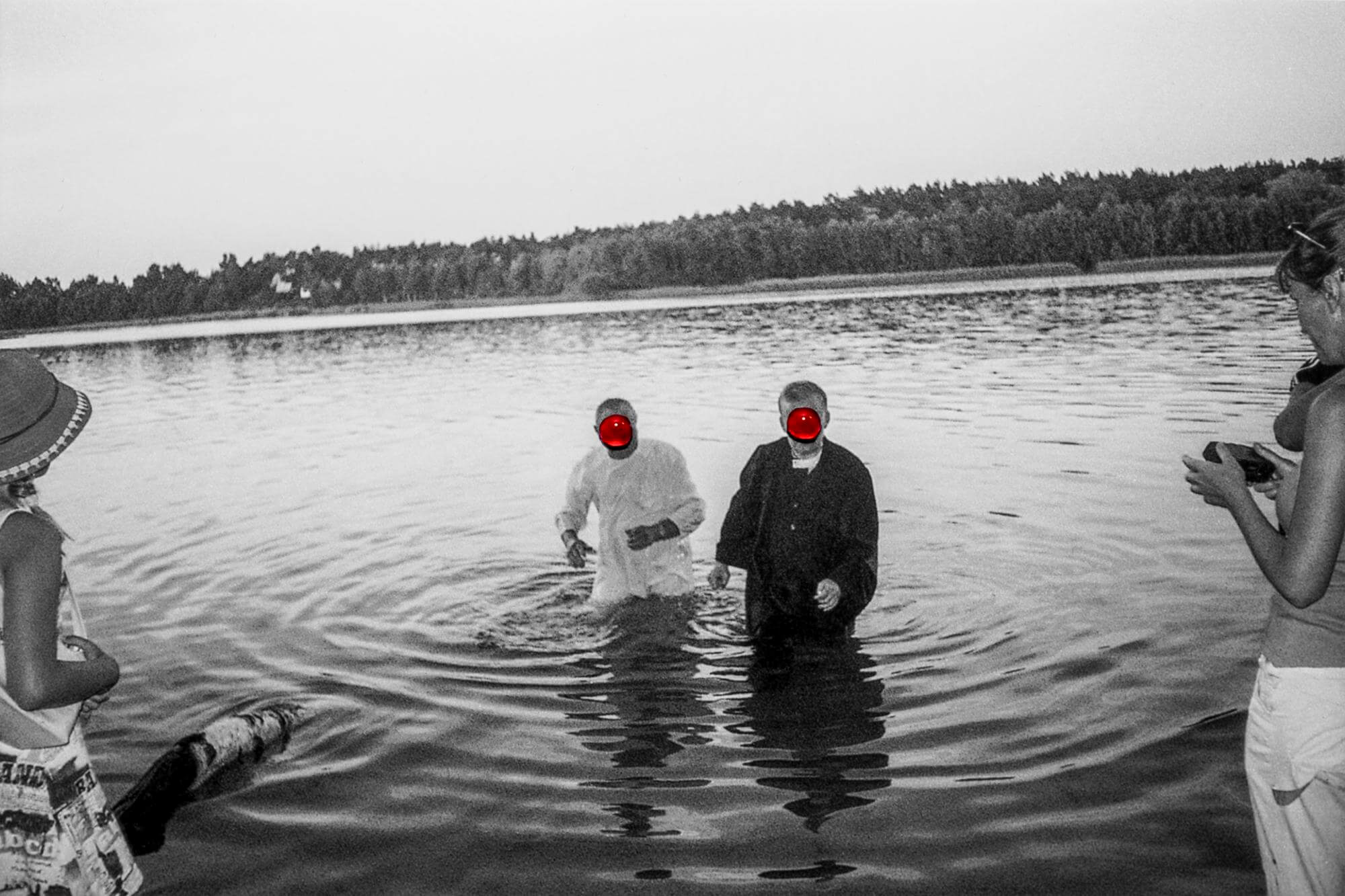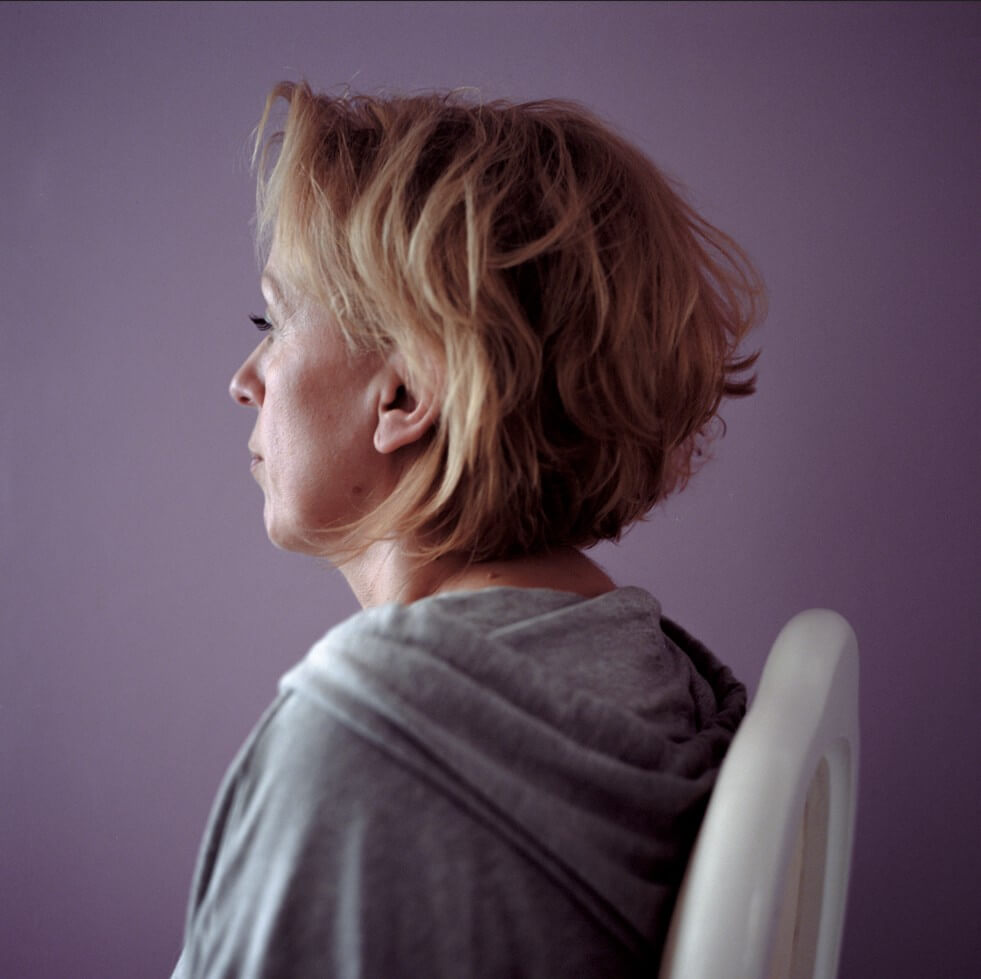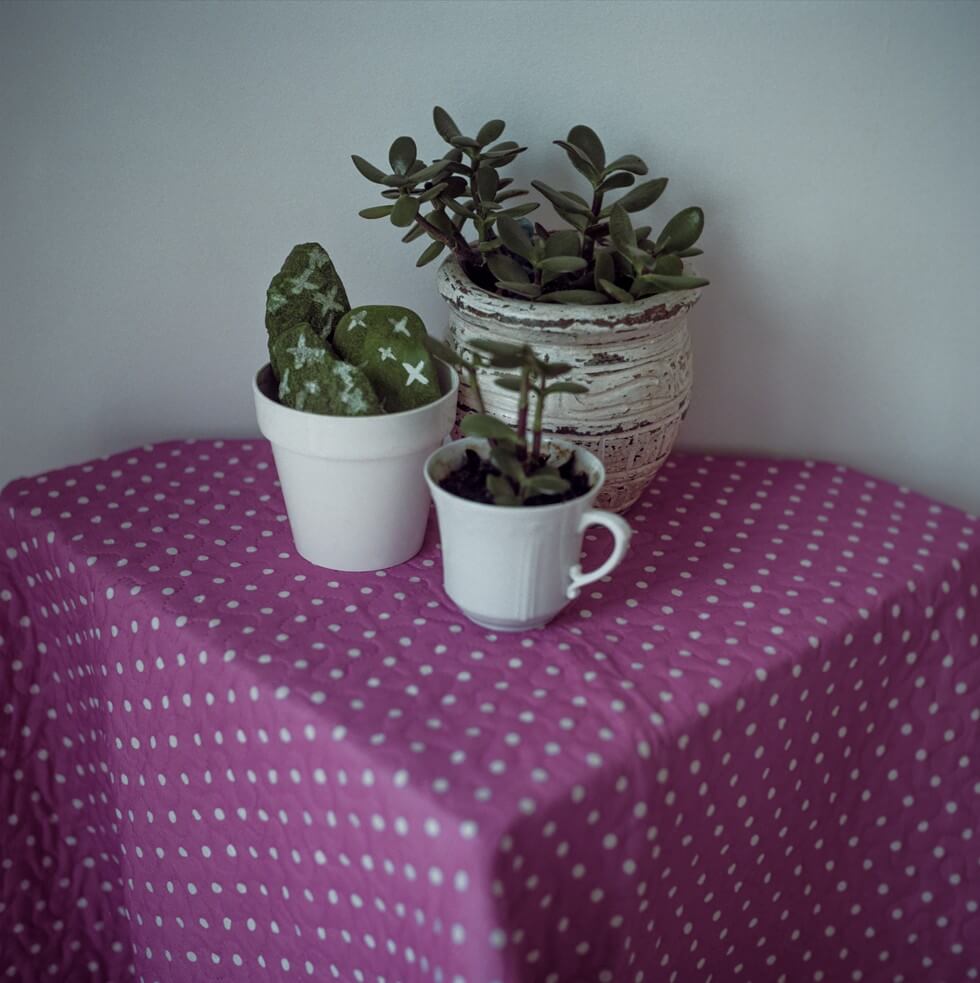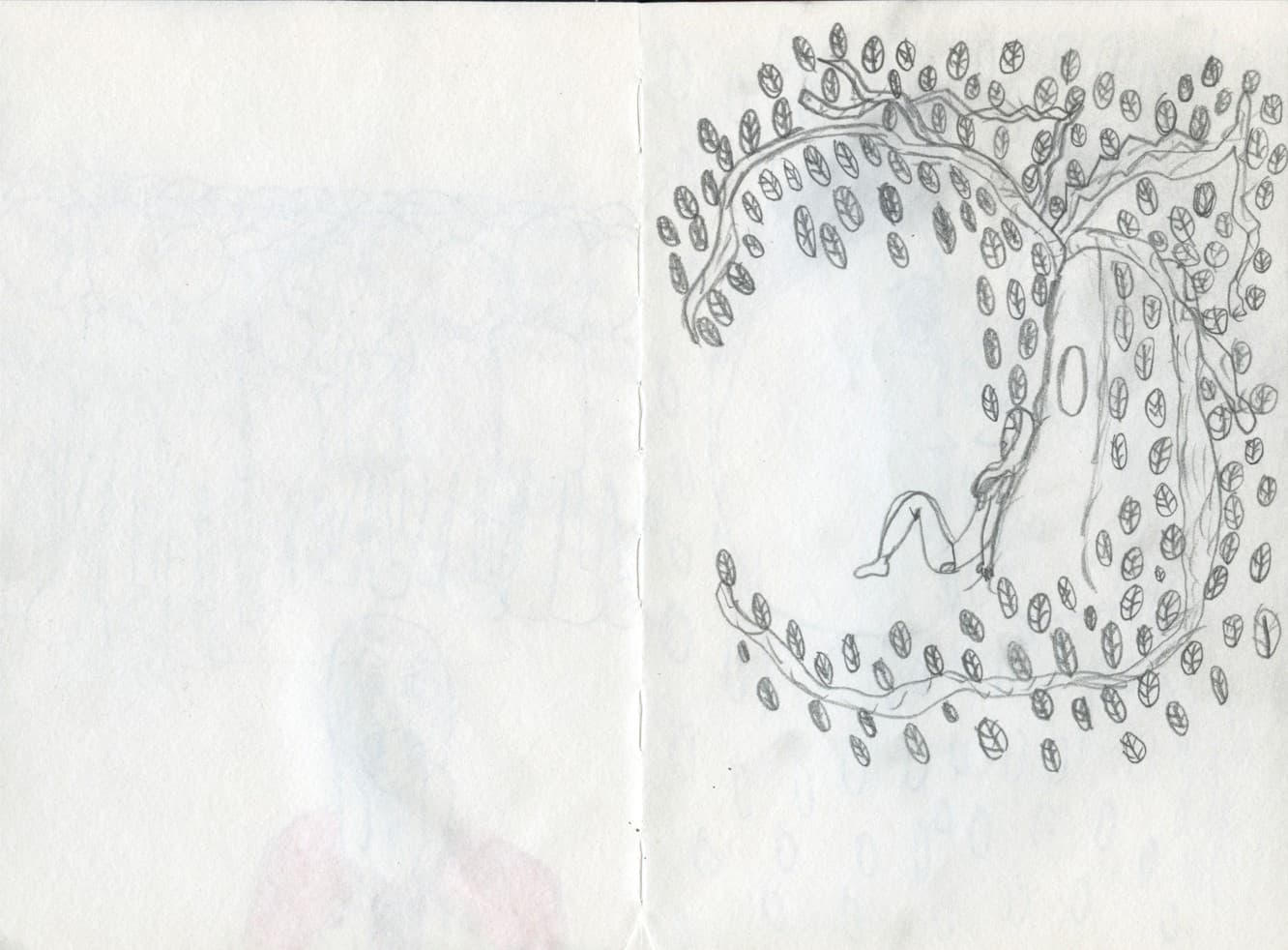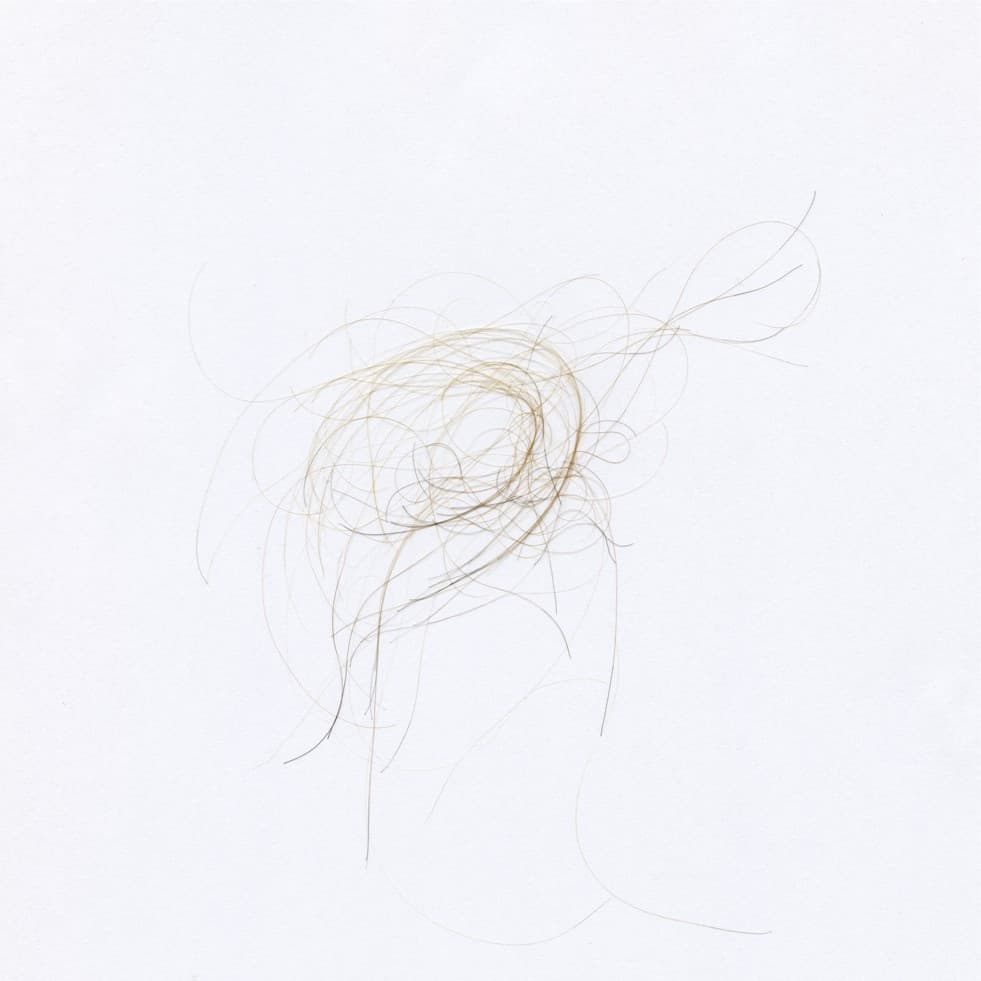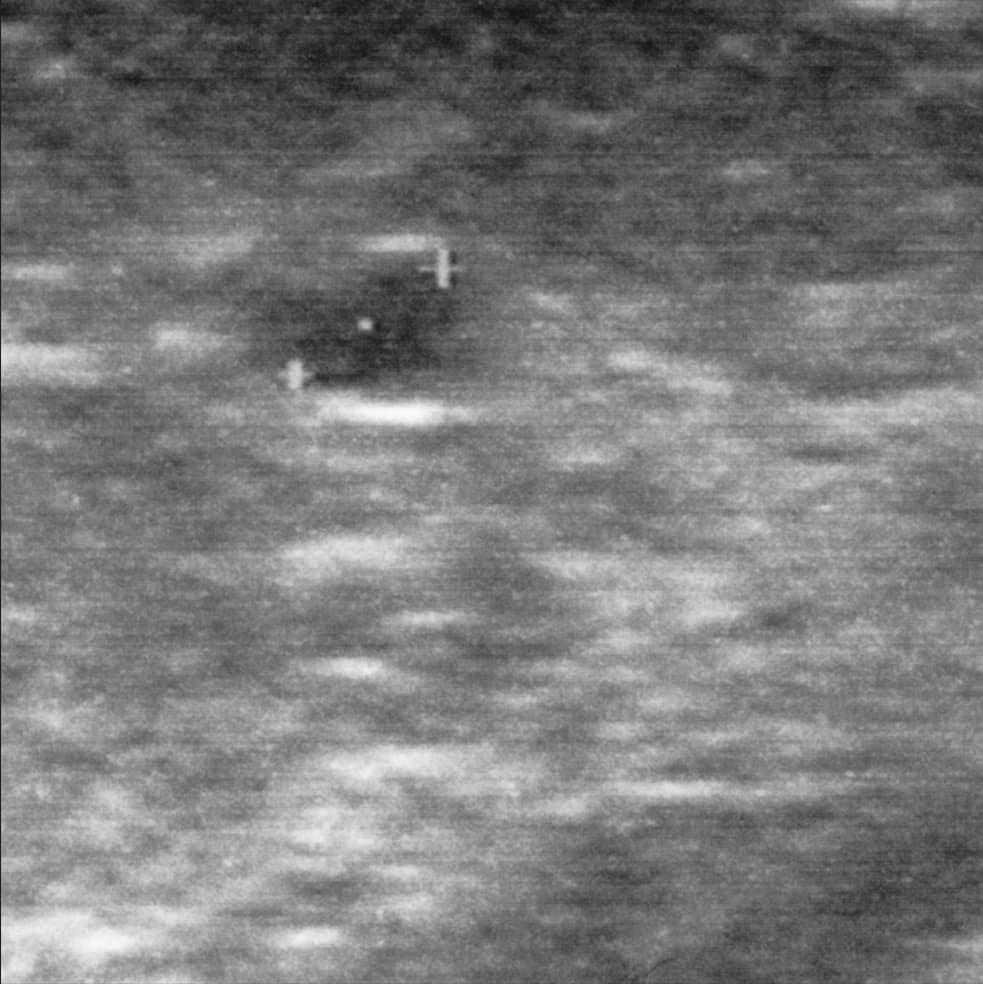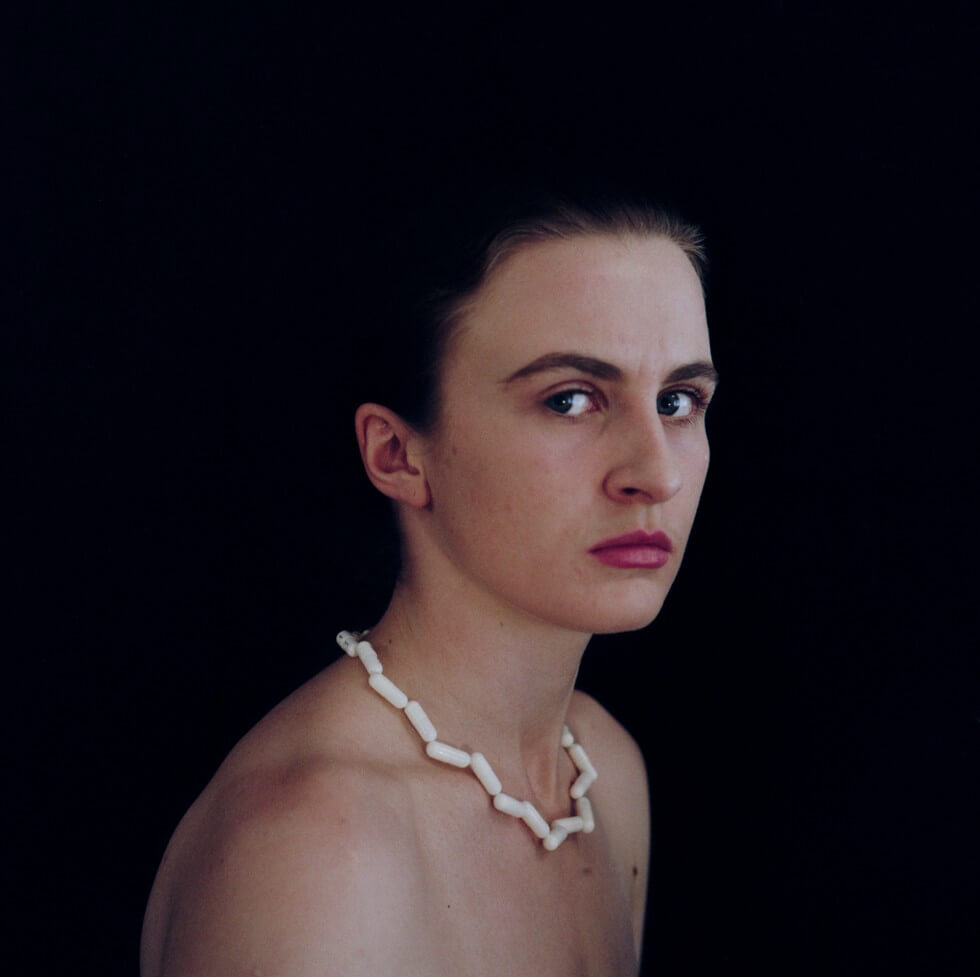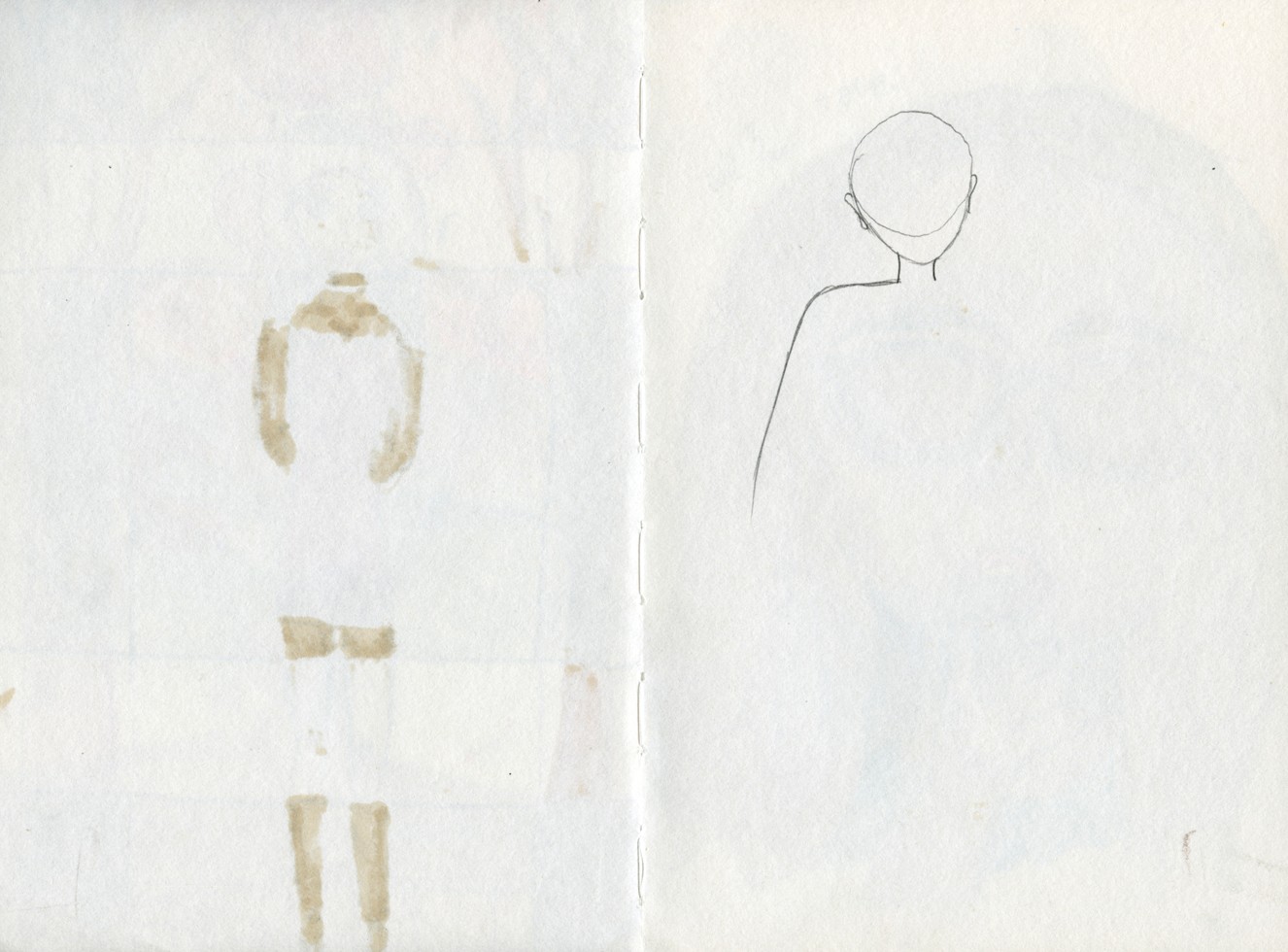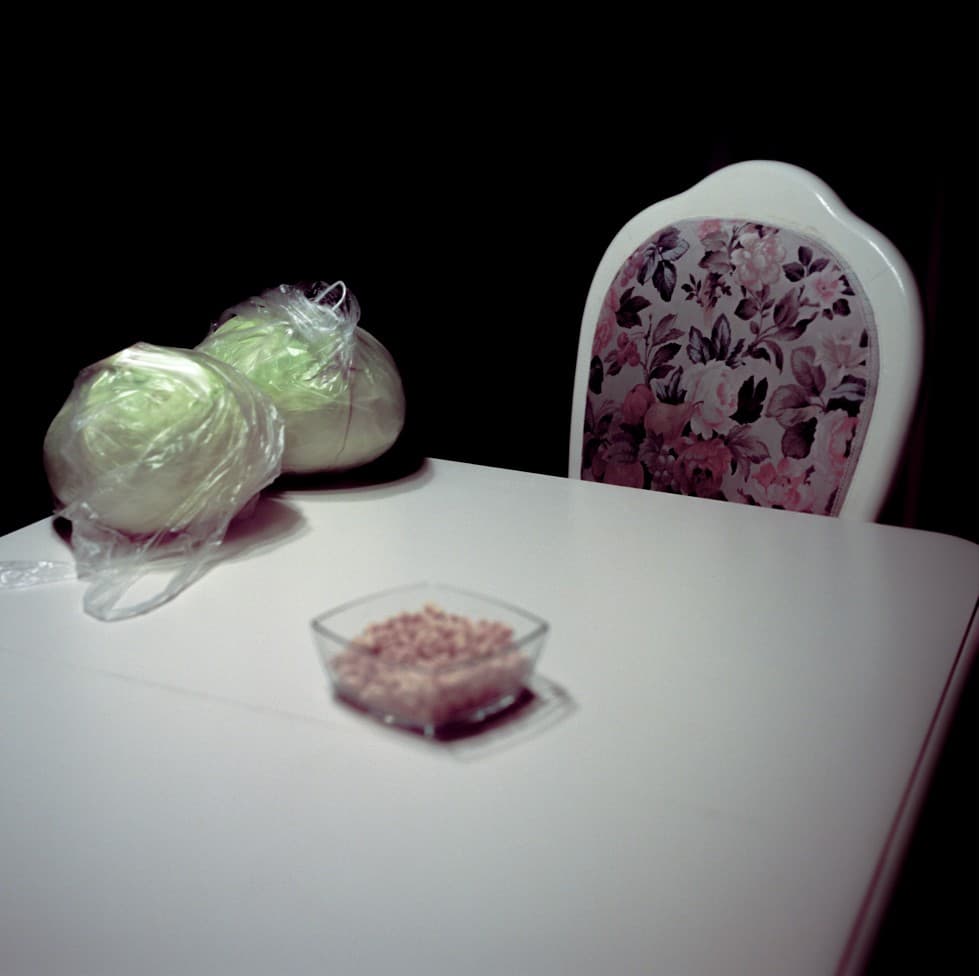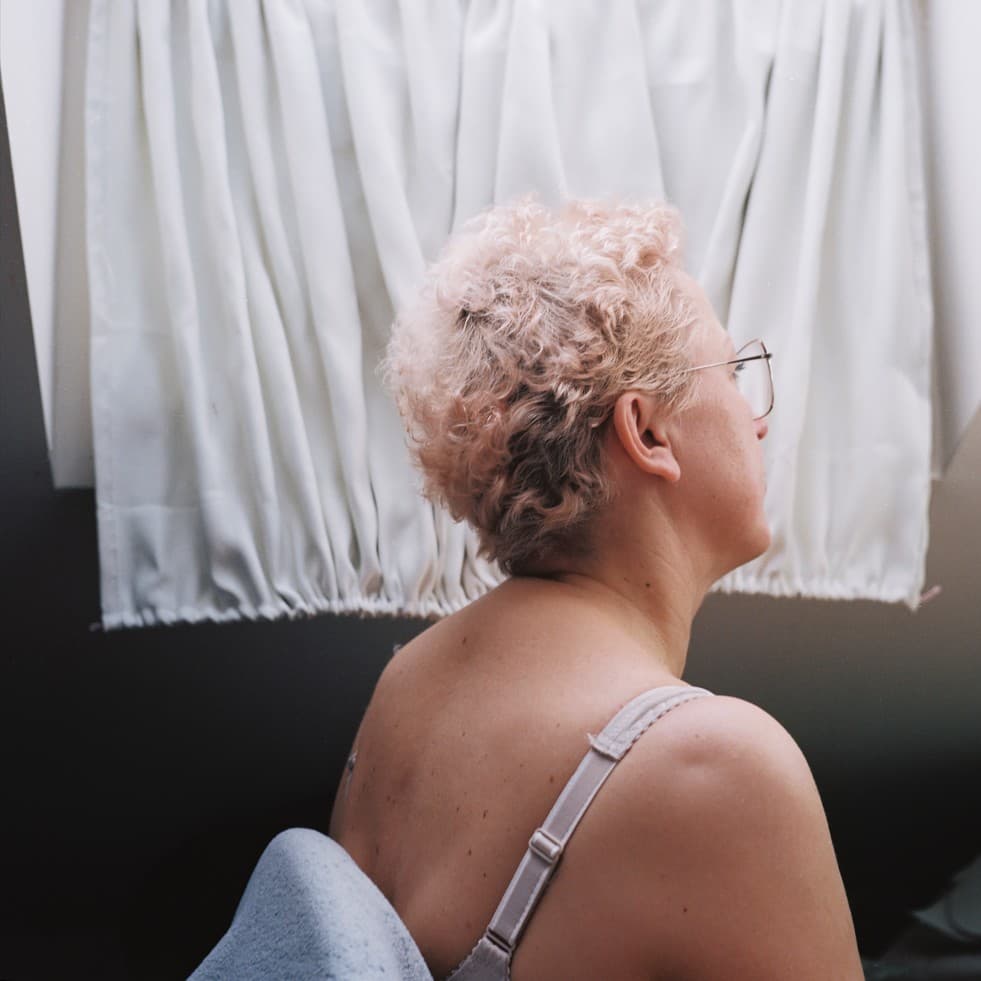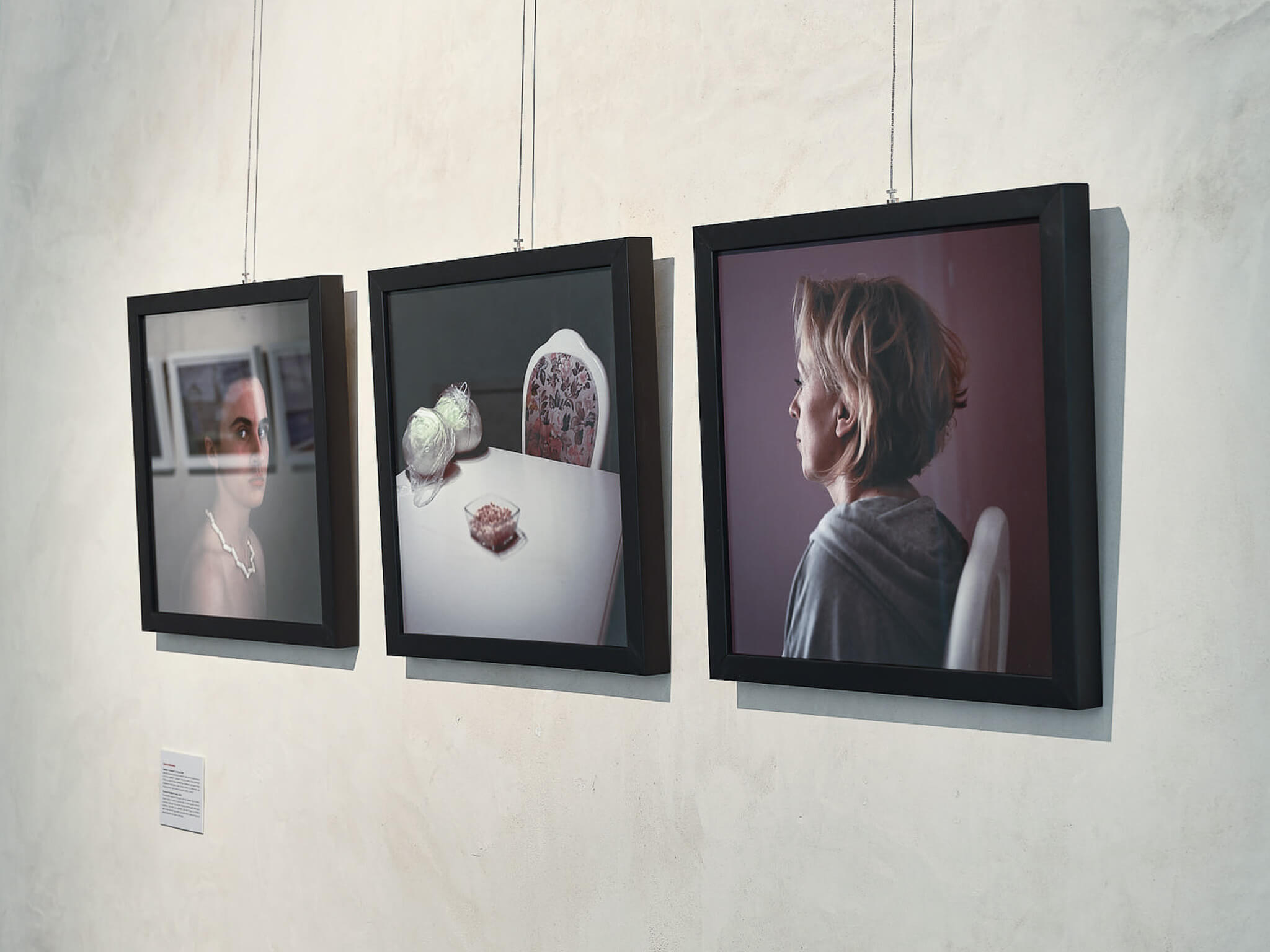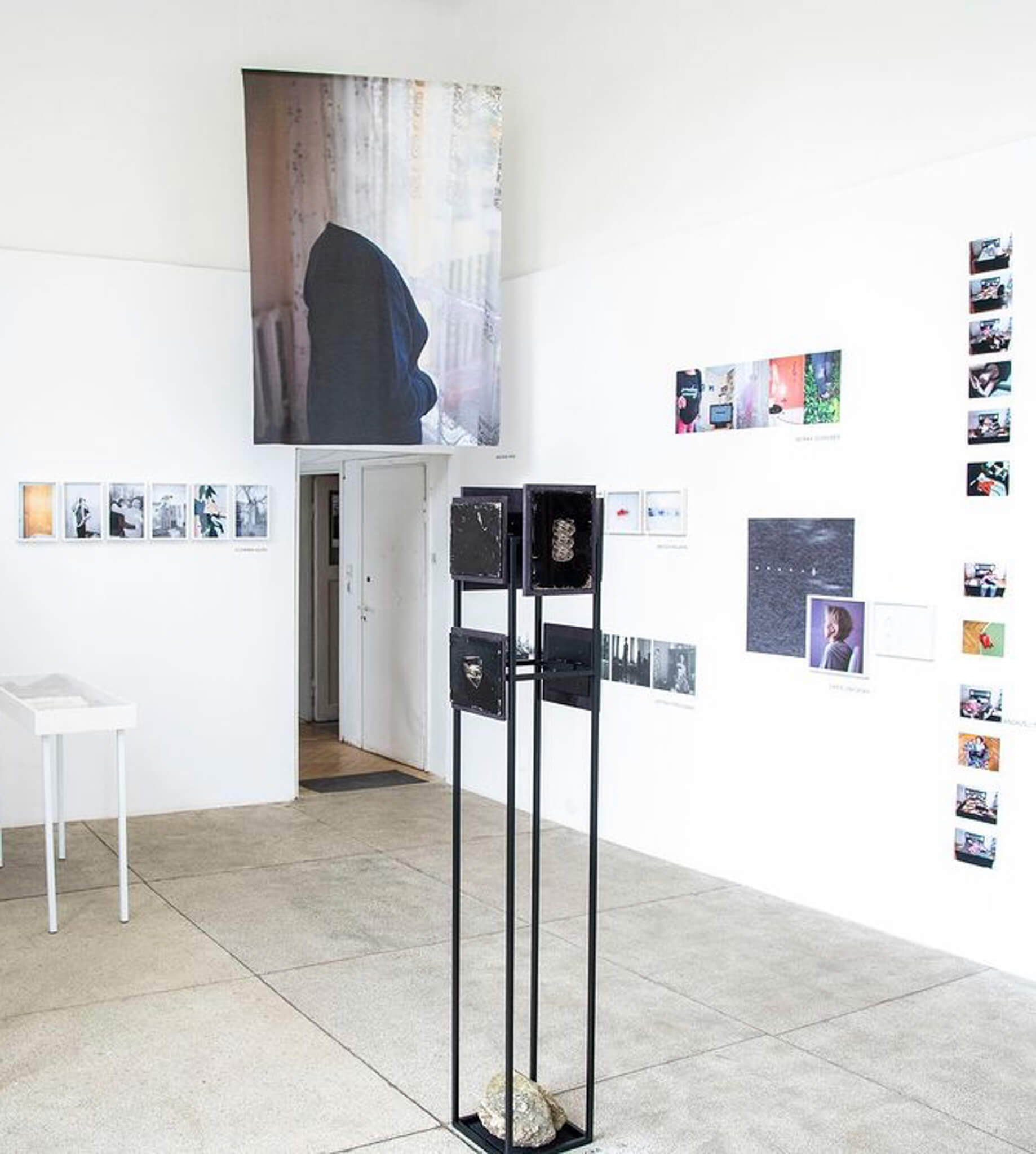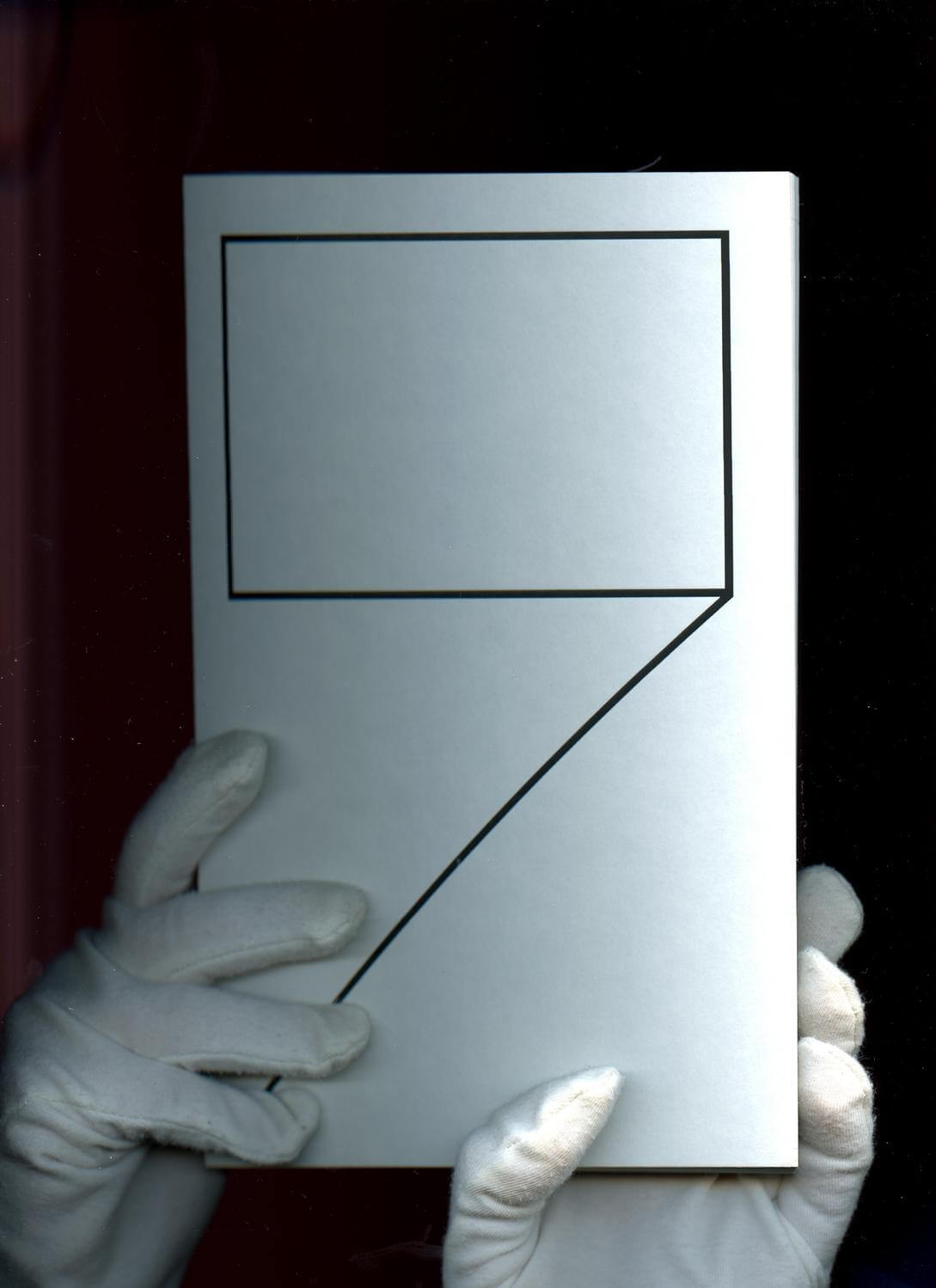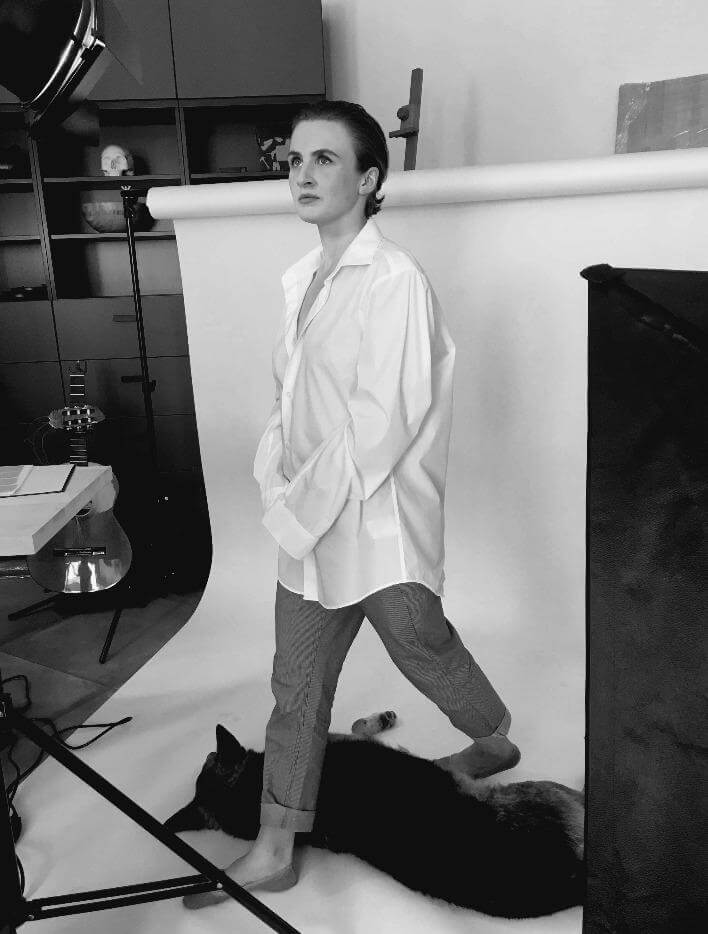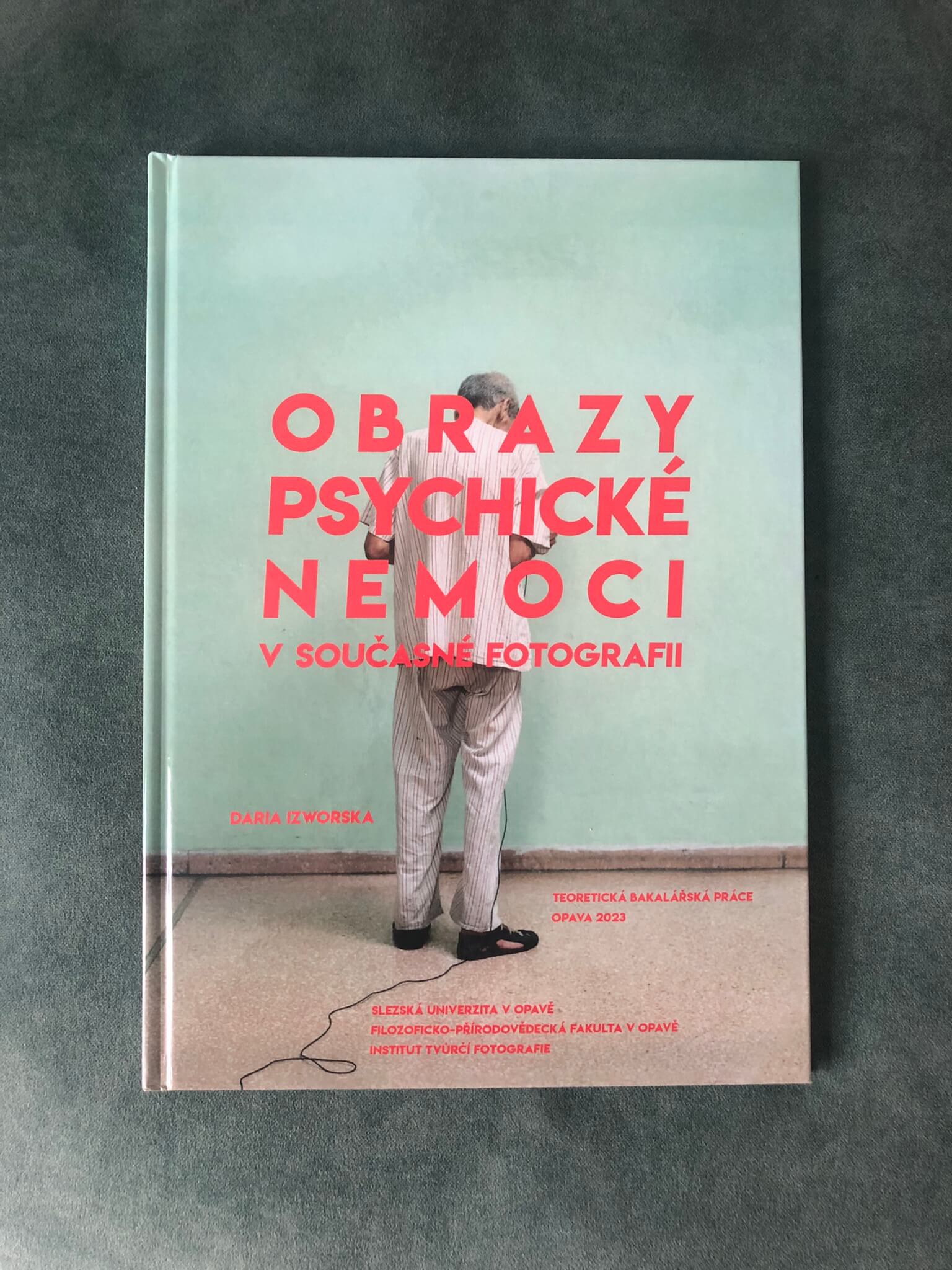impossibility of being
Diamond’s Women
Plate 27: A middle-aged woman sits on a wooden chair. She wears a straw hat, checked dress, and a scarf tied around her neck, and looks at the photographer with gentle eyes. She doesn’t seem to be cold, yet a thick blanket covers her shoulders, its folds resemble the background drapery. In her hands lays a body of a dead bird. Title: Woman holding a dead bird. Plate 32: A woman sits sideways to the lens, despite apparent efforts to enforce a frontal pose. She is slim and her body, dressed in a simple dress, is wrapped entirely in a thick, stiff blanket. Her hair is pinned up tightly, and a wreath of leaves and twigs is planted on her head. Her face is turned away as she stubbornly refuses to face the camera. Title: Psychiatric patient dressed as Ophelia. The author of these, and numerous other women portraits is Hugh Welch Diamond. He was a British psychiatrist and head of the Female Ward for Surrey County Lunatic Asylum from 1848 to 1858. Diamond is considered the father of psychiatric photography for his work in visually cataloguing mental illness*.
However, the history of its representation goes back much further than psychiatry or photography itself, as attempts to visually depict 'madmen' and 'hysterics' escaping social norms date back to ancient times. As the epitome of animalism, possession, stupidity, divine punishment, eroticism or "convulsive beauty" in Western history, the mentally ill represent both an object of stigma and voyeuristic curiosity*. The paintings, engravings and photographs of them, with which the history of art is interwoven, bear witness to both the eternal need to make the invisible - visible and the persistent impossibility of doing so.
It is, therefore, impossible for the world where the grass is green and the sky is blue to meet, let alone depict the oniristic underwater hallucination of, what was once called, ‘a lunacy’. A barrier between the experience of the graspably explainable and the drowningly un-real is a barrier between depictable and undepictable, the being and un-being, the retraceable and un-retraceable. No tangible artifacts can be retrieved from a black hole.
The Impossibility
Here I am, in bed, faced with the sheer impossibility of being. Not merely in a personal sense, although me lying in bed whilst not exactly convinced I actually am is undoubtedly a starting point. There isn’t overwhelming evidence of it really, and having been stuck in the un-being loophole for this long I’m almost certain I might actually need it to live. I seem to put all my mental efforts to pursue being; I closely observe those I manage to catch in the midst of being, make a mental note of their every move hoping that if I could only embody their being, my un-being would be cured. Their liveliness feeds my mental algorithm of being, but every attempt at its execution ends in the hollowness and deafness of yet another succumbness, only ever more clownish and disillusioned.
I would then usually get struck by a sudden enlightenment, thinking that everything I need is inside me and I shall look no further; nothing will save me but myself. I then take a before-me, a when-all-was-well me as a reference point and try to reverse the last ten of my updates, where the bugs may well have been fixed but there’s not much of anything left at this point. A painfully green Windows wallpaper just as real as my being, and a trash bin to adhere to my reductionist urges constituting an attempt to save myself. Unsurprisingly, it turns out my being is nowhere to be found, not where I once was; I already left. Enlightenment disintegrates; I skip a few epochs. I re-enter my nihilist era.
As they say, before enlightenment, chop wood, carry water, after enlightenment, chop wood, carry water.
And so here I am again, in bed, faced with the sheer impossibility of being.
Published in How do you remember anything? as part of Kiezshätze, a multidisciplinary art project for young people with and without disability. Berlin, 2024.
*Footnotes:
[1] Wetzler, Sara. "Hugh Diamond, the father of psychiatric photography–psychiatry in pictures." The British Journal of Psychiatry 219, no. 2 (2021): 460-461.
[2] Skrabek, Aleksandra. "Między ekspresją artystyczną a ekspresją faktu. Jean-Martin Charcot i Aby Warburg wobec ikonografii szaleństwa." rocznik historii sztuki 39 (2014): 109-124.
[3] Eisenhauer, Jennifer. "A visual culture of stigma: Critically examining representations of mental illness." op.cit.
[4]Sontag, Susan. Illness as metaphor, op.cit.
[5] Stawowy, Joanna. "Niepełnosprawność w historii sztuki oraz anty-ableizm sztuki współczesnej." op.cit.
[6] https://dedrickconway.medium.com/brief-overview-historical-overview-of-psychiatric-photography-499d93d809a3, dostęp: 11.04.2023.
[7] Jacobs, Susan, and Joseph Quinn. "Cultural reproduction of mental illness stigma and stereotypes." Social Science & Medicine 292 (2022): 114552.
